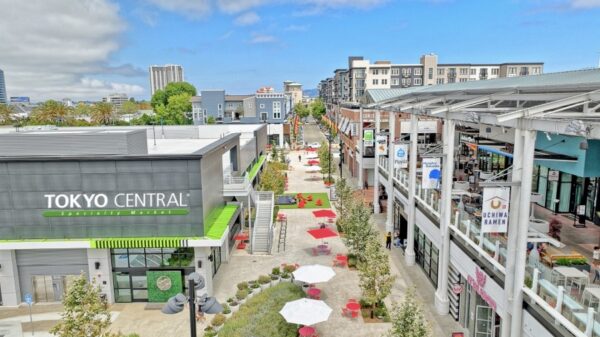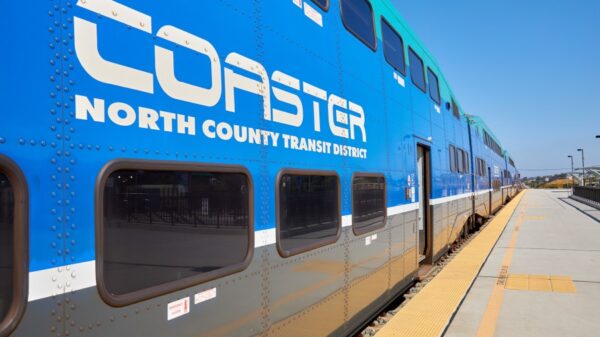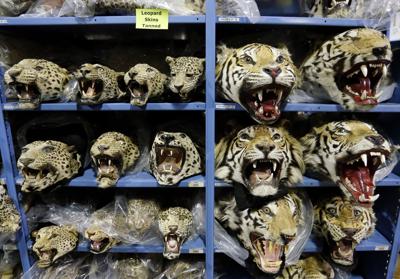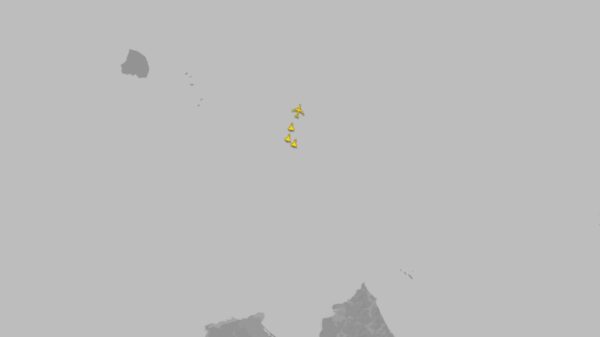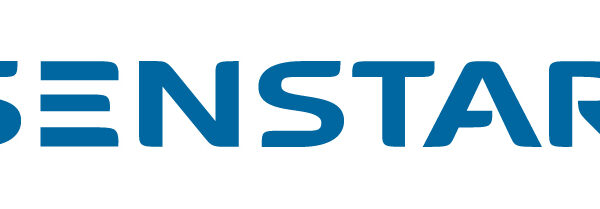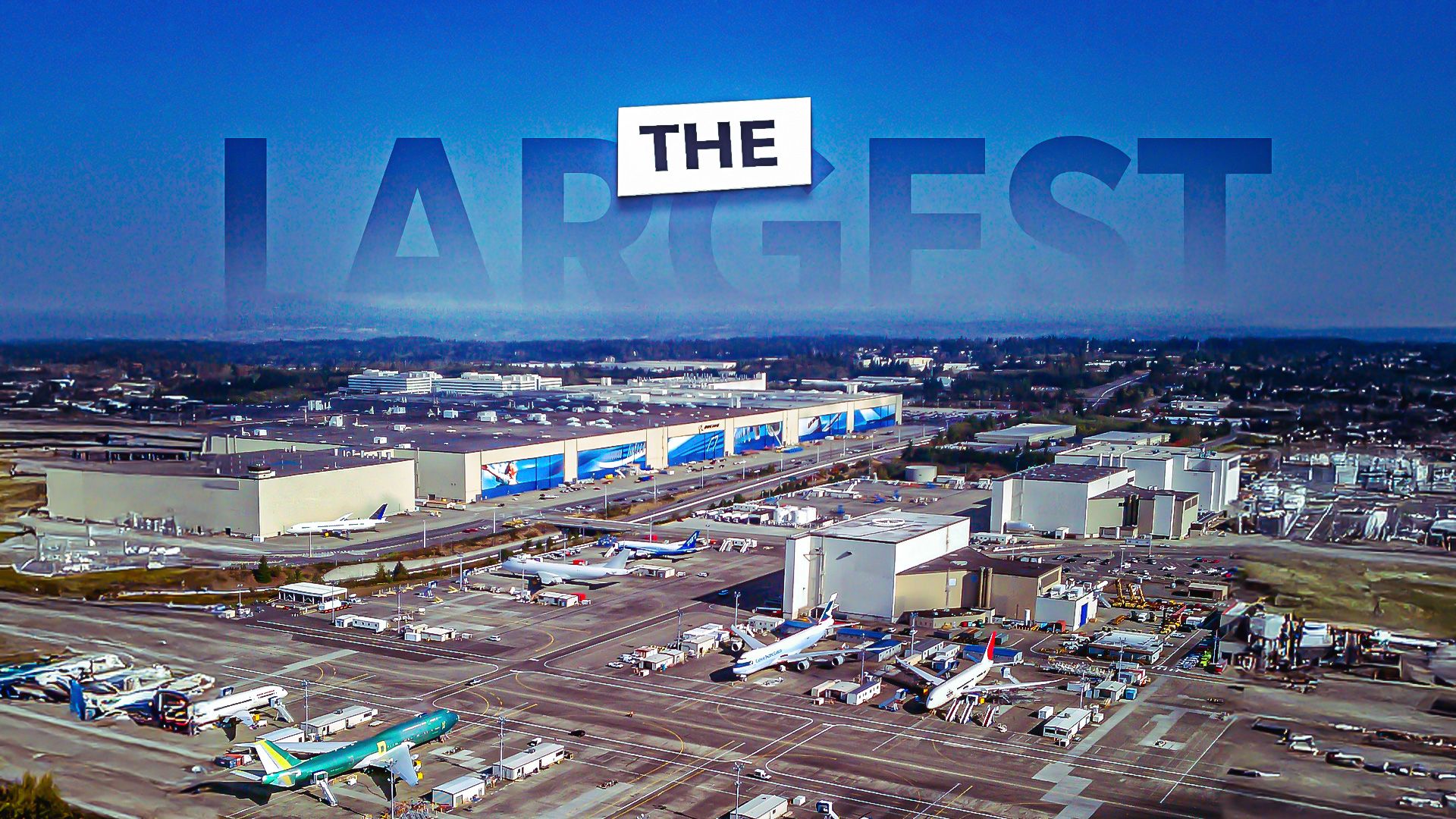Boeing’s Everett production facility is a cornerstone of the company’s commercial aircraft manufacturing, showcasing the evolution of aviation over more than half a century. With a workforce of approximately 30,000 employees, this facility is recognized as one of the largest buildings in the world by volume, contributing significantly to Boeing’s reported revenue of over $32 billion in 2024. Located in Everett, Washington, the factory plays a pivotal role in the production of several key aircraft, including the upcoming 737 MAX 10 and the 777X.
Historical Overview of the Everett Facility
The roots of Boeing’s presence in Everett date back to the early 1940s. The initial factory, established in October 1943, was situated in a former auto garage and was instrumental in producing components for the iconic Boeing B-17 Flying Fortress. Over the decades, Boeing expanded its operations in the area, particularly after receiving a significant order from Pan American World Airways for the 747 in 1963. This led to the acquisition of 780 acres north of Paine Field in 1966, where the current production facility was constructed. At the time of its completion, the building measured 158 million cubic feet, making it the largest building in the world by volume.
Since then, the Everett facility has undergone several expansions, notably in 1979 and 1990, to accommodate the production of the Boeing 767 and Boeing 777, respectively. Today, the main building encompasses nearly 100 acres and contains over 472 million cubic feet of space, equipped with 26 overhead cranes and extensive production lines.
Current Aircraft Production and Future Developments
Boeing’s Everett facility is currently focused on three primary production lines. The Boeing 767 line has seen a reduction in commercial production, shifting emphasis towards the Boeing 787 Dreamliner, although freighter and military variants like the KC-46 Pegasus continue to be manufactured there. The 777 production line is undergoing a significant transformation as it pivots toward the new 777X, which represents the next generation of Boeing’s widebody aircraft.
The facility will soon become the exclusive production site for the 737 MAX 10, marking a strategic shift from its traditional base in Renton, Washington. This move is expected to relieve pressure on the Renton facility while solidifying Everett’s role in Boeing’s narrowbody aircraft production.
As Boeing progresses, it will phase out production of the 767 series by 2027, following the completion of existing orders from major clients like UPS and FedEx. This decision reflects a broader trend in aviation toward more efficient aircraft models, as demand for large four-engine jets like the 747 has declined.
The Everett facility has produced several legendary aircraft, with the final 747-8F rolling off the production line in December 2022, signaling the end of an era. Similarly, production of the 787 Dreamliner was consolidated to Boeing’s Charleston, South Carolina, facility in 2021, streamlining operations and reducing complexity.
Boeing’s Everett complex, which spans over 1,000 acres, includes up to 200 separate buildings and features essential amenities for its workforce, such as a medical clinic, gymnasium, and dining options. The facility’s proximity to Paine Field allows for efficient flight testing, with aircraft being towed to the flight line at night.
Boeing’s commitment to innovation and modernization at its Everett facility signals a dynamic future for the company. As the aviation industry continues to evolve, so too will Boeing’s strategies and production capabilities, ensuring that it remains a leader in the global aerospace market.



